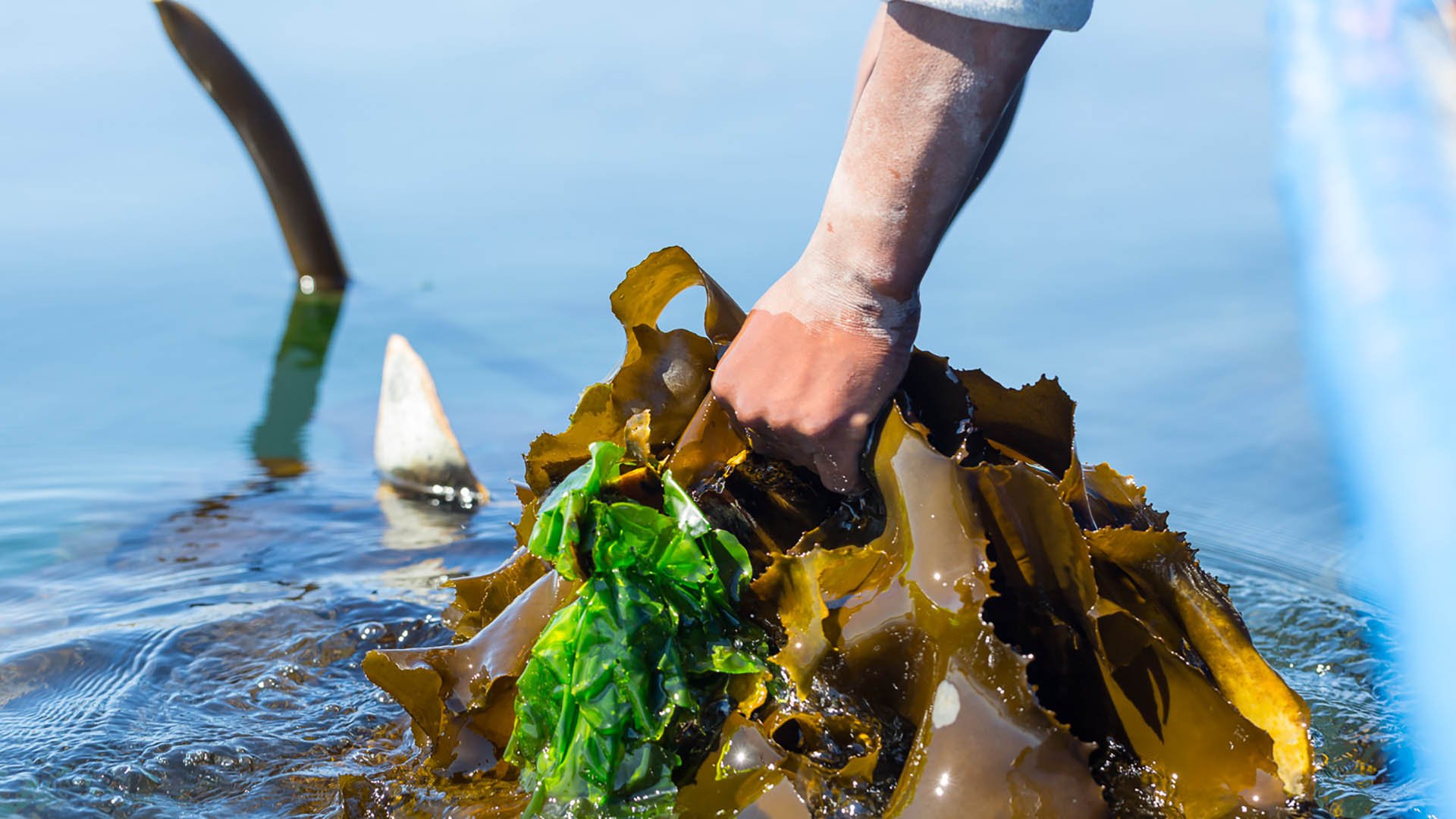
Sea Forest Foundation Projects
The Sea Forest Foundation has 3 key pillars
Rising sea temperatures are negatively affecting kelp in oceans around the world. The most threatened kelp forest species in Australia is the Macrocystis pyrifera, better known as giant kelp.
Giant kelp forests have declined in Tasmania by over 95% in recent decades. In 2012 they were listed as a threatened ecological community under the Australian Federal Government Environment Protection and Biodiversity Conservation Act, the first marine community to be given that designation.
Warming ocean temperatures and low nutrient conditions have devastated kelp colonies, but other major changes to the marine environment are having a harmful influence as well. Over less than a decade, the population of long-spined sea urchins, which eat the kelp, has tripled along the Tasmanian east coast.
Because of the enormous loss, the proliferation of predators and the fact temperatures will not reduce any time soon, widespread forest recovery is improbable without human intervention. The need for restoration is now urgent.
The good news is that there is a solution. Reforestation is possible. And, because giant kelp is one of the fastest growing plants in the world, the action we take now will make a difference within years, not decades.





